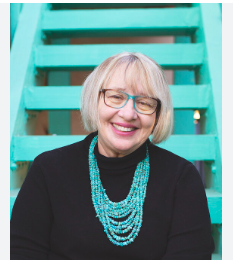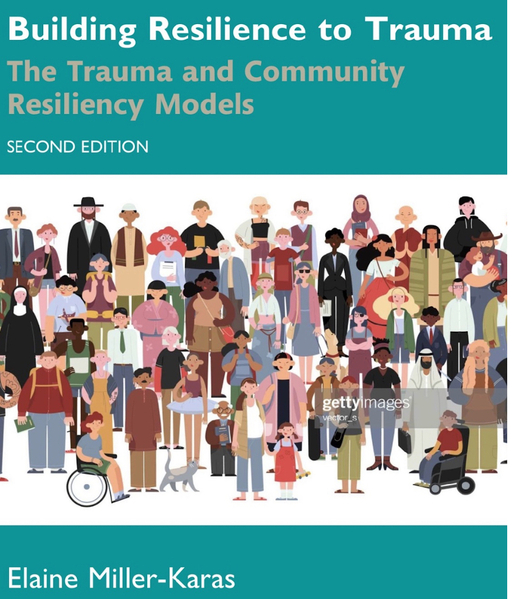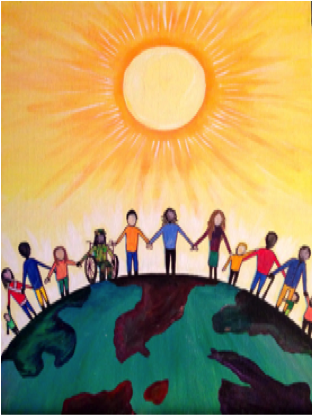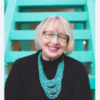Elpis was the spirit of hope. Along with the other spirits, she was trapped in a jar by Zeus and entrusted with the care of the first woman—Pandora. When Pandora opened the vessel, all of the spirits escaped except for Elpis (Hope), who alone remained to comfort humankind." 1
As Pandora's story reminds us, even when faced with the most challenging life experiences, hope can be found and fundamentally transform our life's journey. The "elegant design" of the nervous system offers hope. Humans are designed to heal and create new meanings and purposes from human suffering.
 In the second edition of Building Resilience to Trauma, the Trauma and Community Resiliency Models, two models, the Community Resiliency Model (CRM) and the Trauma Resiliency Model (TRM), are described. They are both trauma-informed, and resiliency-focused and -informed. During and after a traumatic experience, adult and child survivors experience a cascade of physical, emotional, cognitive, behavioral, relational, and spiritual responses that can leave them feeling unbalanced and threatened.
In the second edition of Building Resilience to Trauma, the Trauma and Community Resiliency Models, two models, the Community Resiliency Model (CRM) and the Trauma Resiliency Model (TRM), are described. They are both trauma-informed, and resiliency-focused and -informed. During and after a traumatic experience, adult and child survivors experience a cascade of physical, emotional, cognitive, behavioral, relational, and spiritual responses that can leave them feeling unbalanced and threatened.
From Shame and Pathology to Hope and Biology

Building Resilience to Trauma explains the common responses of trauma and stress from a biological perspective, reframing the human experience from shame and pathology to hope and biology. The complexity of neuroscience is described into simple, understandable concepts. The models foster adaptive functioning and coping through the practice of six wellness skills. The CRM develops a cadre of natural leaders of communities who are trained as CRM teachers who share the wellness skills to build individual and community resiliency. The TRM focuses on teaching mental health professionals to reprocess traumatic experiences.
Essential questions are pondered: What if we nourish ideas and skills of well-being among community members? What if we cultivate a non-pejorative common language when describing symptoms stemming from stressful and traumatic experiences? What if we work to destigmatize mental health disorders and instead address common human reactions to stressful and traumatic experiences? What if a triage support system existed where natural leaders have tools to help with individual and community well-being and knowledge to refer to mental health professionals when necessary?
The answers include bringing education and skills to the worldwide community based on the burgeoning area of neuroscience in accessible, affordable, portable, and adaptable ways.
Communities in Action
Carey Smith Sipp, the Director of Strategic Partnerships of Paces Connection, states, "I've seen the impact of programs detailed in Building Resilience to Trauma in my work nationally to prevent and heal trauma and help build resilience in children, families, and communities. In counties where literally thousands of eager community members have adopted the language and tools of the CRM, incredibly diverse and inclusive groups are experiencing cooperation and problem-solving at levels here-to-fore unseen. Teams work to share this knowledge, be prepared for hurricanes and other disasters, and help create a sustainable network of trauma-informed organizations that meet community members with kindness and compassion."2
The new edition elaborates upon how the models are used across the lifespan, with different cultures, abilities, and literacy levels. The skills represent a prevention strategy cultivating well-being before catastrophic individual and community experiences.
The wellness skills of the models are research-informed and evidence-based. Studies demonstrate statistically significant improvements in well-being.2 This second edition of Building Resilience to Trauma expands the knowledge of implementing the CRM by providing examples of how the model has been integrated into systems that scale the concepts to larger populations worldwide.3
The United Nations, in conjunction with Routledge, selected the first edition of Building Resilience to Trauma: The Trauma and Community Resiliency Models to be part of its online curated library as an example of methods supporting the United Nations' call to action to end poverty, fight inequality, and injustice. The CRM has been integrated as Chapter 2 of the SEE Learning Program, inspired by His Holiness the Dalai Lama, bringing an embodied social and emotional learning program to the world's children.
Sharing the Healing Journeys of Many Worldwide
Building Resilience to Trauma embodies the lived experience of so many worldwide who have been inspirational, leading to a commitment to shine a light on their sincere efforts to create compassionate healing approaches to help their communities. My world has become so much more meaningful because my heart is now filled with every one of those who have welcomed me into their homes and communities during times of great suffering. They have inspired me to share their continued journeys in healing within Building Resilience to Trauma, as they have shared their joy and hopes.
The description of dichotomies of human experience was described by Tolstoy through the character Levin, observing the birth of his child, "He only knew and felt that what was happening was similar to what had happened the year before in the hotel of the provincial town on the deathbed of his brother Nicholas. Only that was sorrow, and this was joy. But that sorrow and this joy were equally beyond the usual conditions of life: they were like openings in that usual life through which something higher became visible. And as in that case, what was now being accomplished came harshly, painfully, incomprehensibly; and while watching it, the soul soared, as then, to heights it had never known, before, at which reason could not keep up with."4Building Resilience to Trauma describes the sorrow and the joy of the human journey and provides ideas to help to heal yourself, your family, and your community.
The new edition is available to order on Amazon at
https://www.amazon.com/gp/prod...00?ie=UTF8&psc=1
References
Ma, M. (2014),. On the Nature of Hope and Its Significance in Innovation,. Psychology Today Blog, Februay 11, 2014.
Sipp, Carey (2022), personal correspondence, April 17, 2022.
Miller-Karas, Elaine (2023) Building Resiliency to Trauma, the Trauma and Community Resiliency Models, Routledge, NY
Tolstoy, Leo, graf, 1828-1910. ( 1980).
Miller-Karas(2023)
Miller-Karas(2023)
. Oxford ; New York ![]() xford University Press
xford University Press




Comments (0)